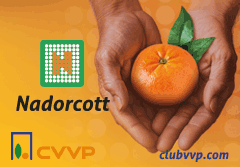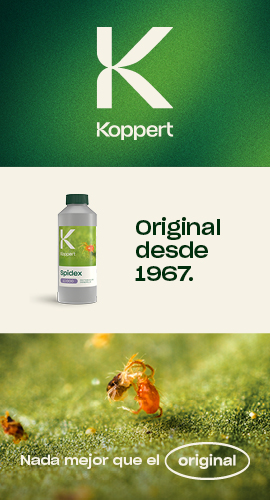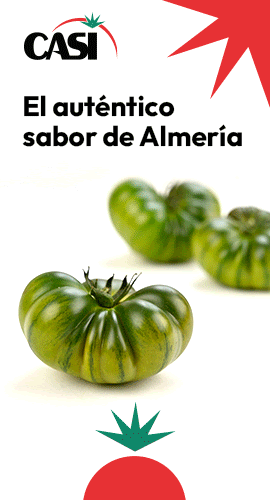Tomatoes have now dropped to third place in production volume in Almería. In terms of exports, the UK has gone from being among the top three destinations for Almerían tomatoes to ranking fifth.
“How should we compete from now on? We’re running out of time to change direction,” warned Ricardo Ortiz, Business Manager at Rijk Zwaan, during the opening of the 2nd Tomeet Congress. Spain still has key strengths such as technical expertise, a strong production base and a well-established network of R&D centres. But, he added, “our competitors across the Mediterranean—and beyond—are getting closer.”
A snapshot of decline
Luis Miguel Fernández, Managing Director at Coexphal, pointed out that “tomato acreage is decreasing across Europe, not just in Spain, and we’re starting to depend on tomatoes from third countries.” Data shows a clear downward trend in key destinations like the UK. Spain’s exports to this market have dropped from around 130,000 tonnes to just 46,000 in the latest season, representing only 5.5% of the total. Meanwhile, Morocco has tripled its exports to the UK. In France, Fernández raised concerns over fraudulent labelling practices for Moroccan tomatoes that undermine the position of domestic produce. Turkey, for its part, has doubled its exports in just five years.
While tomato prices at origin in Almería have improved this season compared to previous years, production costs continue to rise, now exceeding €0.52/kg. This increase is partly due to the rise in minimum wage. Labour costs have “almost doubled the cost of seeds.” Another factor is the higher price of inputs as a consequence of the pandemic and the war in Ukraine.
In summer, Spanish origin drops to 69%
According to Alberto Cuadrado, Client Manager Chain at Rijk Zwaan, Spanish supermarkets allocate an average of 3.6 m² to tomatoes, a figure that has grown steadily in recent years. The varieties occupying the most shelf space are truss tomatoes (16%), followed by mini plum and cherry truss.
Cuadrado highlighted that although 95% of tomatoes on the shelves in winter are Spanish, that share drops to 69% in summer. This decline is due to limited domestic supply during warmer months and the rise of Portuguese tomatoes, which now account for 25% of shelf space during that period.
Consumption trends in Europe
From a market perspective, María José González, from NIQ’s Consumer & Marketing Insights department, presented an overview of current consumption in Europe and the UK. Tomatoes remain the leading fresh vegetable in Spain, generating €1.236 billion in retail sales (18.4% of all fresh vegetable sales). However, the average price dropped by 2.7% compared to 2023, from €2.73 to €2.66/kg in 2024.
In the UK, tomatoes are purchased regularly, but per capita consumption remains low (10.7 kg/year). Shoppers tend to buy small amounts frequently, and they mainly value appearance, flavour and ripeness. For British consumers, “origin matters: tomatoes from southern Europe are perceived as having better taste and quality than those from African or northern European countries.” However, “they are not willing to pay more for them.”
Flavour drives sales in the UK and US
With more than 70 hectares of production and a strong distribution network, APS Produce is a key player in the UK. Liam Booles, Commercial Director, stressed that there is a great opportunity to boost consumption through products that truly ‘connect’ with the consumer. Flavour must be central to the strategy, and there’s a need to improve presentation and focus on cherry truss and baby plum tomatoes. He also called for more efficient and sustainable production and highlighted AI and differentiation as tools to gain market share.
Amar Raja, from Mastronardi Produce (Sunset), explained the success of this US-based company, a leader in the premium segment with its “Bombs” line. The firm works with top retailers and is known for making flavour the core of its strategy. Raja advocated for protected agriculture and closer cooperation with breeders. “Flavour wins in the long term.”
RELATED NEWS: Rijk Zwaan opens second seed processing facility
Lack of structure and long-term vision
In the first round table, representatives from APS, Bonnysa, Tomates Lis, Metro VTO and Freshtrategy agreed that Spain must update its production model and better communicate its value proposition.
Later, challenges for tomato production across the Iberian Peninsula were discussed. Cedric de Mulder (Consum) stressed the importance of summer supply continuity. Juan Antonio González (Vicasol) called for investment in new regions and better handling efficiency. José Coutinho (Hortipor) highlighted Portugal’s structural limitations.
Genetic innovation against ToBRFV
In the final segment, David Herzog, Tomato Crop Coordinator at Rijk Zwaan, and Manuel Hernández, Tomato Crop Leader, focused on the advance of ToBRFV. Rijk Zwaan has responded forcefully to this global threat through its Rugose Defense programme, based on introducing high-level genetic resistance across a broad range of tomato varieties and rootstocks.





















